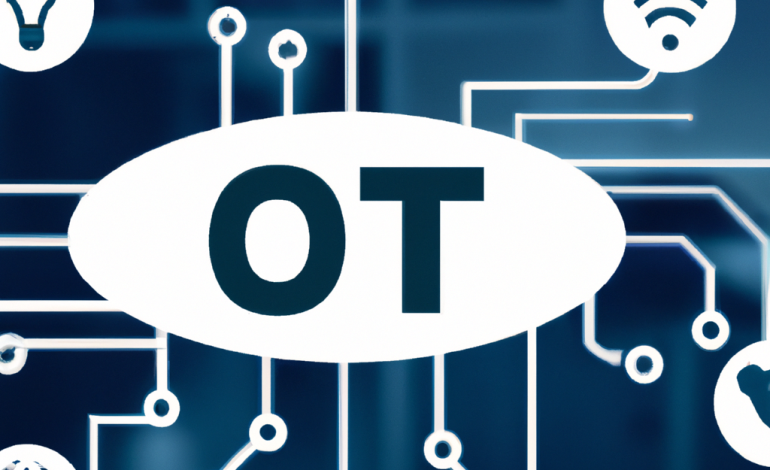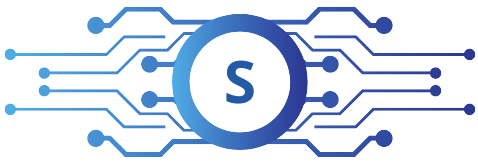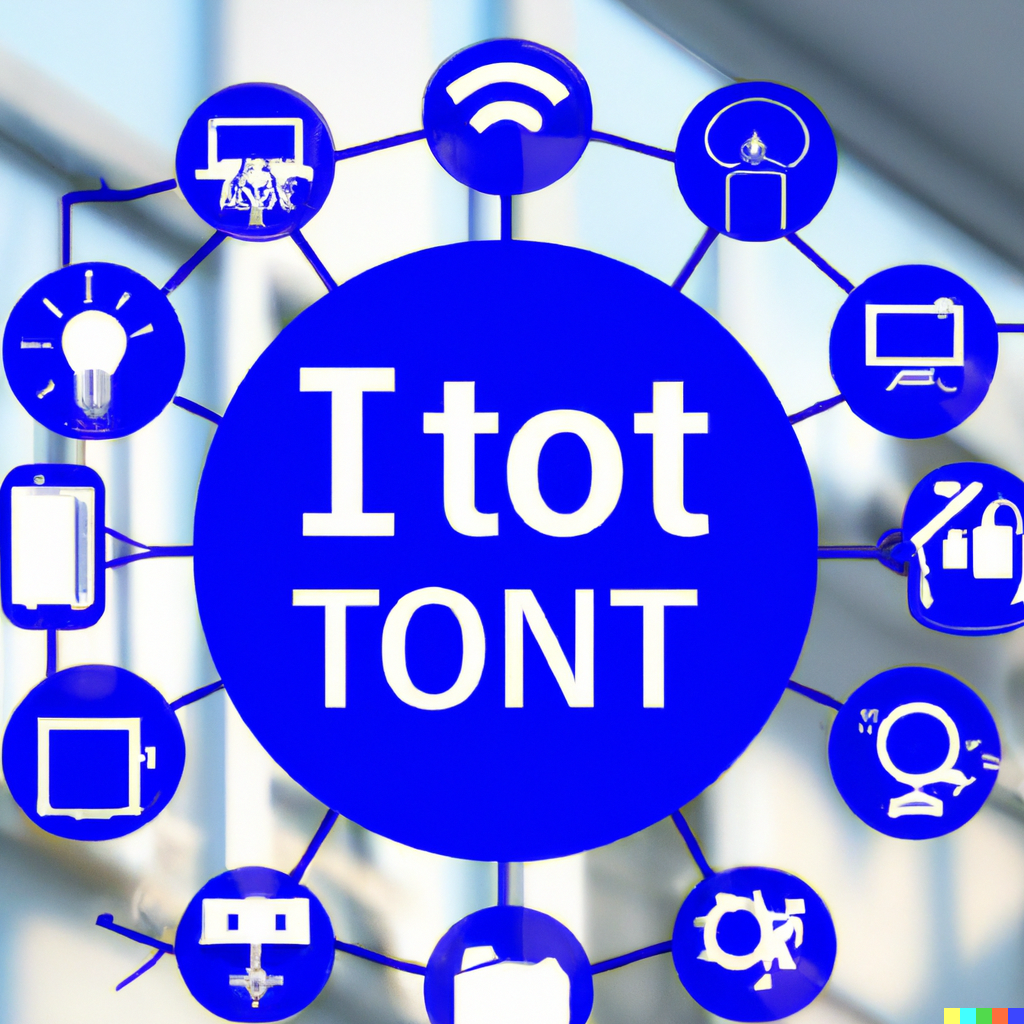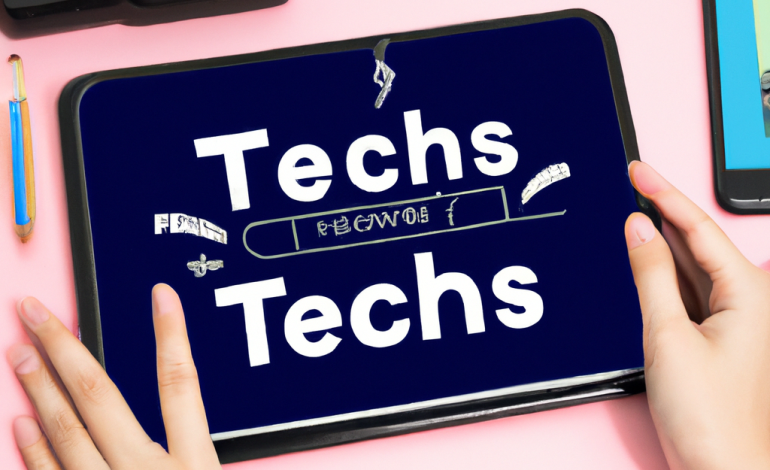
IoT (Internet of Things) has become increasingly prevalent in our everyday lives, transforming various aspects of how we interact with technology and objects around us. Here are some examples of IoT in everyday life:
- Smart Home Devices: IoT-enabled smart home devices such as smart speakers (e.g., Amazon Echo, Google Home), smart thermostats, smart lighting, and smart security cameras allow homeowners to control and manage their homes remotely.
- Wearable Devices: Wearable technology, including smartwatches, fitness trackers, and health monitors, provides real-time health data and fitness tracking for individuals.
- Connected Cars: IoT integration in modern vehicles enables features such as GPS navigation, remote diagnostics, in-car entertainment, and connectivity with smartphones.
- Healthcare Monitoring: IoT devices like remote health monitors, insulin pumps, and smart pills help patients manage chronic conditions and share health data with healthcare providers.
- Smart Appliances: IoT-connected appliances like smart refrigerators, washing machines, and ovens allow users to control and monitor these devices remotely for increased convenience and energy efficiency.
- Fitness and Wellness Devices: IoT-based fitness equipment and wellness devices, such as smart scales and exercise machines, track fitness progress and offer personalized workout routines.
- Public Transportation: IoT technology is used in public transportation systems to monitor vehicle schedules, optimize routes, and provide real-time updates to commuters.
- Smart Cities: IoT in smart cities involves various applications, such as smart traffic management, waste management, environmental monitoring, and public safety systems.
- Precision Agriculture: IoT devices are used in agriculture for precision farming, monitoring soil conditions, and optimizing irrigation and fertilization practices.
- Environmental Monitoring: IoT sensors and devices are employed to monitor air quality, water quality, and weather conditions in urban and rural areas.
- Home Energy Management: IoT-connected devices enable homeowners to monitor and control energy usage, optimizing consumption for cost savings and sustainability.
- Retail and Supply Chain: IoT applications in retail include smart shelves, inventory management systems, and asset tracking to enhance supply chain efficiency.
- Smart Pet Devices: IoT-powered pet feeders, activity trackers, and pet cameras allow pet owners to monitor and care for their pets remotely.
- Industrial IoT (IIoT): In industrial settings, IoT is used for predictive maintenance, asset tracking, and process optimization to increase productivity and reduce downtime.
- Connected Healthcare Devices: IoT devices like smart insulin pens and medication dispensers help patients manage medication schedules and share data with healthcare professionals.
These are just a few examples of how IoT technology has permeated everyday life, making it more connected, efficient, and convenient for individuals and communities. As IoT continues to evolve, its impact on various industries and aspects of daily life is expected to grow even further.



